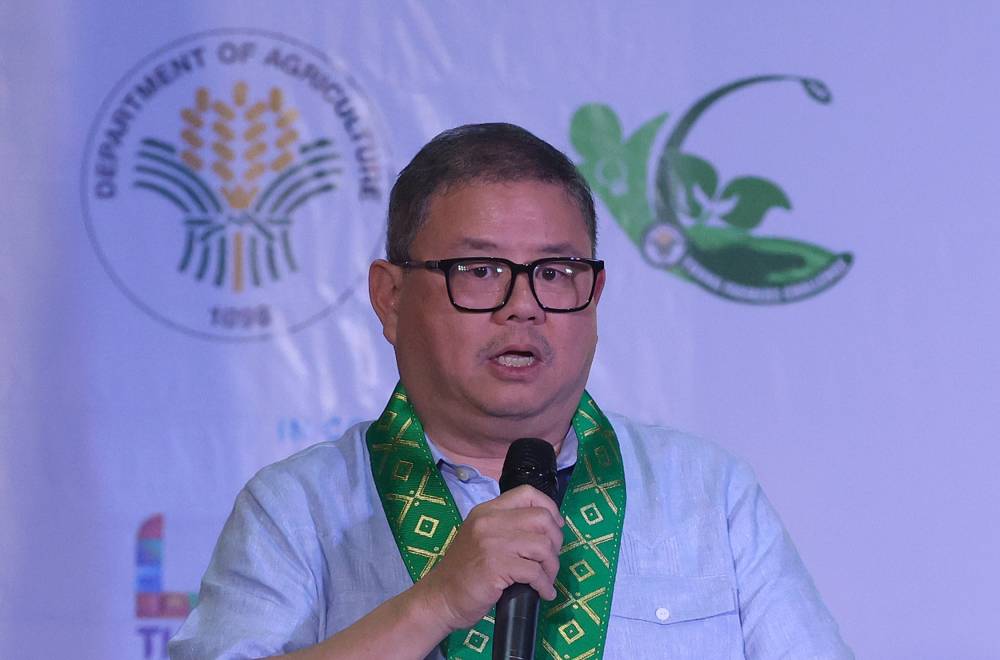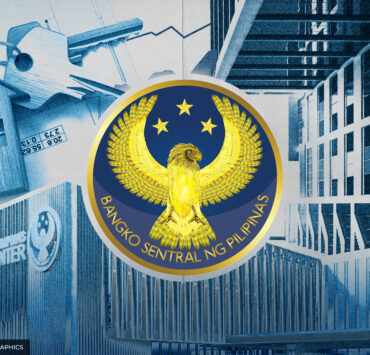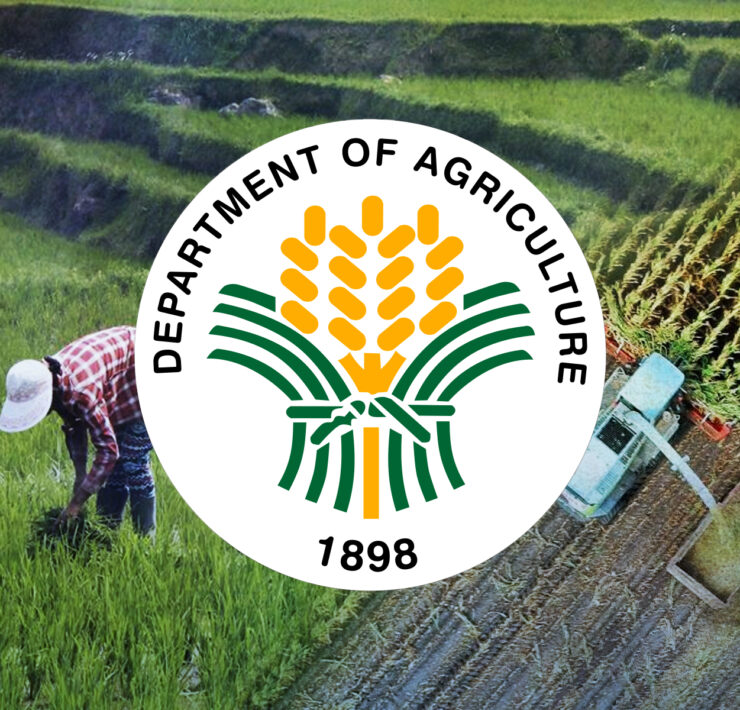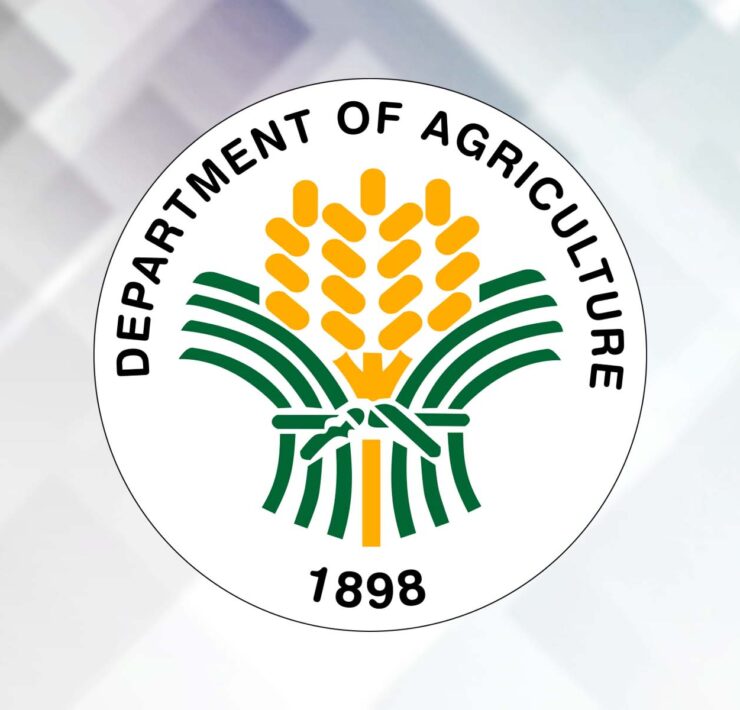DA ramps up assistance for battered banana sector

The Department of Agriculture (DA) is taking decisive steps to help revitalize the export-driven banana industry battered by pests and market hurdles.
Through its High Value Crops Development Program, the DA is distributing 106,000 banana planting materials for farm expansion and rejuvenation, along with 120,000 units of organic fertilizer to improve soil health.
The agency will also deploy more than 215,000 biological control agents to protect plant health and reduce postharvest losses.
These include Trichoderma, a type of beneficial fungi that protects plants from diseases.
Agriculture Secretary Francisco Tiu Laurel Jr. said the country needs to undertake research on disease tolerance, breeding strategies and new technologies such as gene editing to secure the industry’s long-term viability.
Davao
According to Tiu Laurel, the sector continues to grapple with Fusarium wilt tropical race 4, also known as Panama disease, which has affected approximately 15,500 hectares of banana plantations in the Davao Region.
“The Department of Agriculture is firmly committed to supporting our banana farmers and exporters in addressing this challenge,” he added.
Apart from the plant disease, the industry is also facing challenges in the global scene. Tiu Laurel said the Philippines had been slapped with higher tariffs for banana exports to Japan than those from Vietnam, Mexico and Peru.
Tiu Laurel also said Vietnam has overtaken the Philippines as China’s top banana supplier.
“Unless these inequities are addressed, our market share will remain at risk,” the agriculture chief said.
Tiu Laurel said last month the country was seeking to update the Japan-Philippines Economic Partnership Agreement (Jpepa) to widen market access for local agricultural products.
Jpepa
He had hoped that Philippine bananas would be able to enter the Japanese market tax-free through Jpepa, which liberalizes and facilitates trade in goods and services between both countries and increase investment opportunities.
At present, local bananas are slapped with an 8-percent import tariff during the summer season and 18 percent during winter.
On the other hand, neighboring countries such as Cambodia, Laos and Vietnam enjoy zero or preferential tariffs on banana exports to Japan.
A report from the Food and Agriculture Organization of the United Nations showed that the Philippines shipped 2.3 million metric tons of bananas in 2024, making it the world’s third largest banana exporter.
Per the report, the country’s banana exports took a hit from the continued presence of Panama disease and geopolitical tensions in the South China Sea.





















